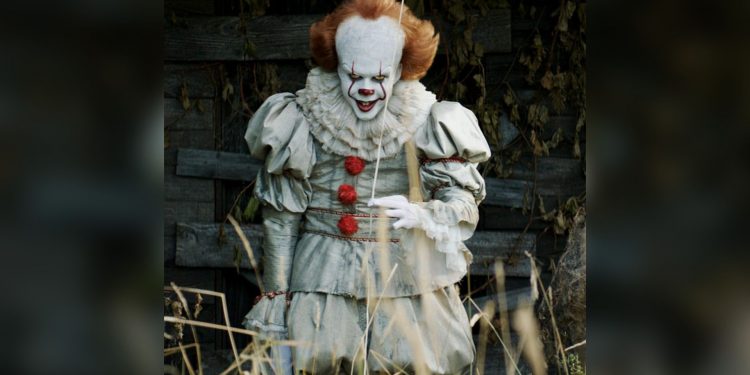As it turns out, many of us love to scare ourselves half to death, especially during Halloween.
We love to be in a state of panic – with our hearts beating a little faster, our lungs breathing a little harder, sweating profusely and butterflies in the pit of our stomachs – whenever we hear the slow creaking of a heavy door, or see an unexplained shadow emerge from the centre of a misty pond.
These are just some of the reasons why Singaporeans flock to haunted houses, catch horror flicks and are glued to horror stories.
It is no wonder that after a two-year hiatus due to the Covid-19 pandemic, the Halloween Horror Nights is back at Universal Studios Singapore (USS) for its 10th run. Singaporeans who love a good scare can also board a haunted plane at the Singapore Discovery Centre, go to the Momok Drive-Thru at Kampong Wak Hassan, or sail on a ghost ship cruise along Pulau Blakang Mati, the former name of Sentosa.
Still, non-horror fans do not understand why some enjoy screaming at ghosts, zombies and other monsters that jump out to scare.
Clinical psychologist at Psych Connect Benjamin Low says, “Physiologically, many signs of increased sympathetic arousal in the nervous system are quite similar. Racing heartbeat, rapid breathing, dilating pupils and several changes occur regardless of whether the felt emotion is positive or negative.”
He adds that it is actually the thrill rather than the fear that we are after.
“Fear is not something pleasant and motivates us to run away. Thrill, however, can feel rewarding. That’s possibly why we love horror flicks, roller coasters, extreme sports, and so on. Thrill also entails a sense of control, whereas fear makes us feel bereft of that. These are why we love being ‘scared’,” he says.
The forbidden, bizarre and dark
Mr Low says humans like to get “caught up” in other worlds and “no other species has fiction”.
“The feeling we get is one of fascination. Novels, sci-fi movies, even video game worlds can give us this. However, the ‘dark’ aspect may add a layer of thrill in addition to fascination,” he adds.
Someone who is drawn to “the forbidden, bizarre and dark” is writer, director and filmmaker Jannah Zainol.
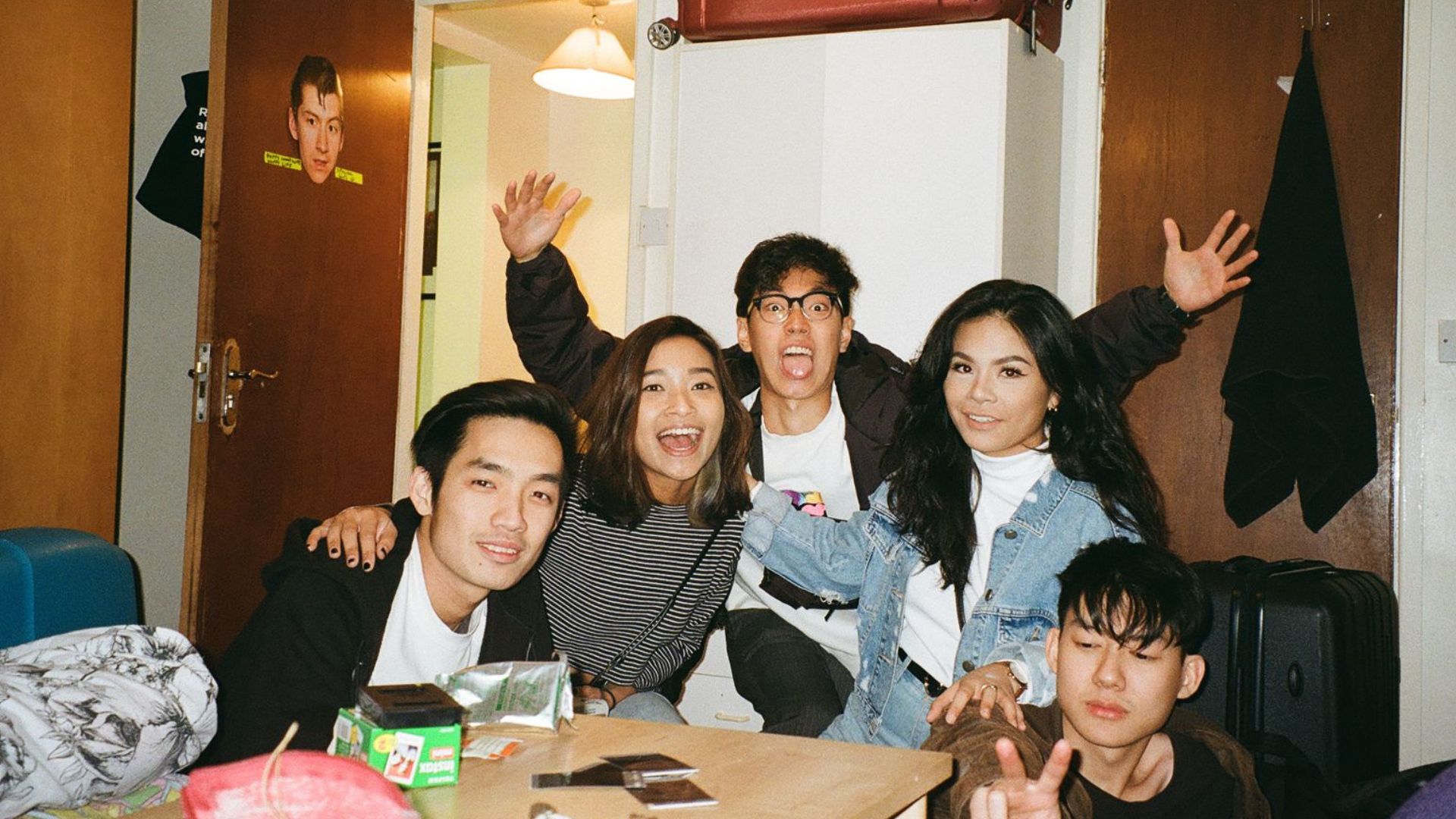
Speaking to TheHomeGround Asia from Britain, where she is now based, Jannah says, “We are a group of five friends who enjoy watching horror movies. We love the thrill, especially being at the edge of our seats. I love the music, the visuals that invoke the scary feeling.”
This is the hormonal reaction called “adrenaline rush” and experts say this can motivate our love of being deliberately scared.
“We are apparently drawn to this feeling. And it was after watching Ari Aster’s horror-drama film Hereditary that my friends and I decided to create our own; something that is modern yet out of the ordinary that you don’t expect in everyday life,” she adds.
Hereditary, which premiered in January 2018 at the Sundance Film Festival, is about a family haunted by a mysterious presence after the death of their secretive grandmother.
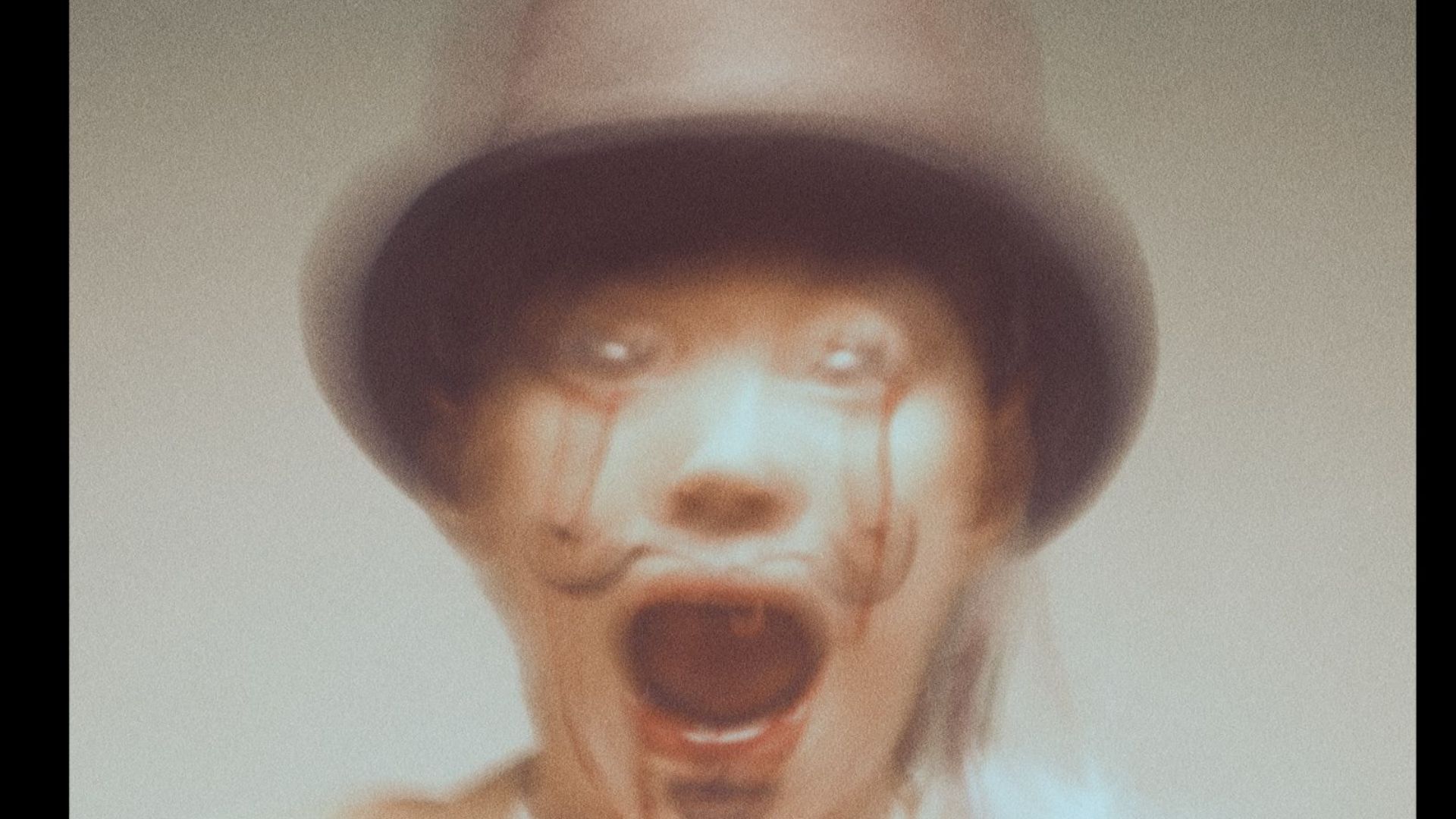
So, in the genre of the 1-Minute Horror Shorts, Jannah and her friends decided to create their own Halloween film called Snackeroo. It is a clip about an eerie commercial that lures an aimless man living in Yishun down the rabbit hole.
Snackeroo was uploaded onto Youtube in 2020 and garnered more than 958 views.
Paranormal Podcast Host on Radio Paranormal Singapore Tim Oh says apart from the rush from getting spooked by the supernatural, there is the ego where “you feel that while everyone else was petrified, we were the brave ones who stood our ground and maintained our composure amidst the scariest situations”.
“I think as much as people want to believe in the paranormal, we still have an inherent need to find some explanation to the unexplainable. We got to haunted houses in hopes we can find a logical and conventional reason for those creaking noises, those whispers in the dark or that shadow in the corner. Reason and rationale make the world easier to exist in,” he says.
Haunted house, horror movies: A form of escapism
In a recent commentary, Dr Zhang Kuangjie, an associate professor of Marketing at the Nanyang Business School in Nanyang Technological University (NTU) wrote that according to research, people who enjoy horror movies can simultaneously experience both fear and joy.
Citing that going to the haunted house can be a form of escapism as it takes visitors far away from everyday humdrums to a world of the supernatural and outrunning monsters can be a surreal yet fun experience.
He wrote that going to the haunted house provides a “perfect venue to bond with friends”.
“In frightening situations, our body releases oxytocin, a hormone known to facilitate feelings of closeness and social interactions. The sense of relief when it all ends also triggers endorphins, the same ‘happy hormones’ released when we exercise or eat. Making it all the way through the haunted house and proving that we could handle all that anxiety also gives us a sense of satisfaction and confidence,” he added.
The fear factor in “prankvertising”
“Behaviours have a habit-forming potential. However, one is not addicted just because one engages in that behaviour a lot. The risk may be higher if this adrenalin-laden activity is used to compensate for distress in other areas of life,” Mr Low says.
Research has also shown that people who enjoy being frightened have a mental “protective frame” to enjoy being scared, especially when they know they are physically safe and have a sense of control in managing the perceived dangers encountered.
While there may be a great sense of satisfaction when we can prove to ourselves we actually can handle more anxiety than we can imagine by vicariously living through the horror films, how do you react when you are faced with the horror yourself?
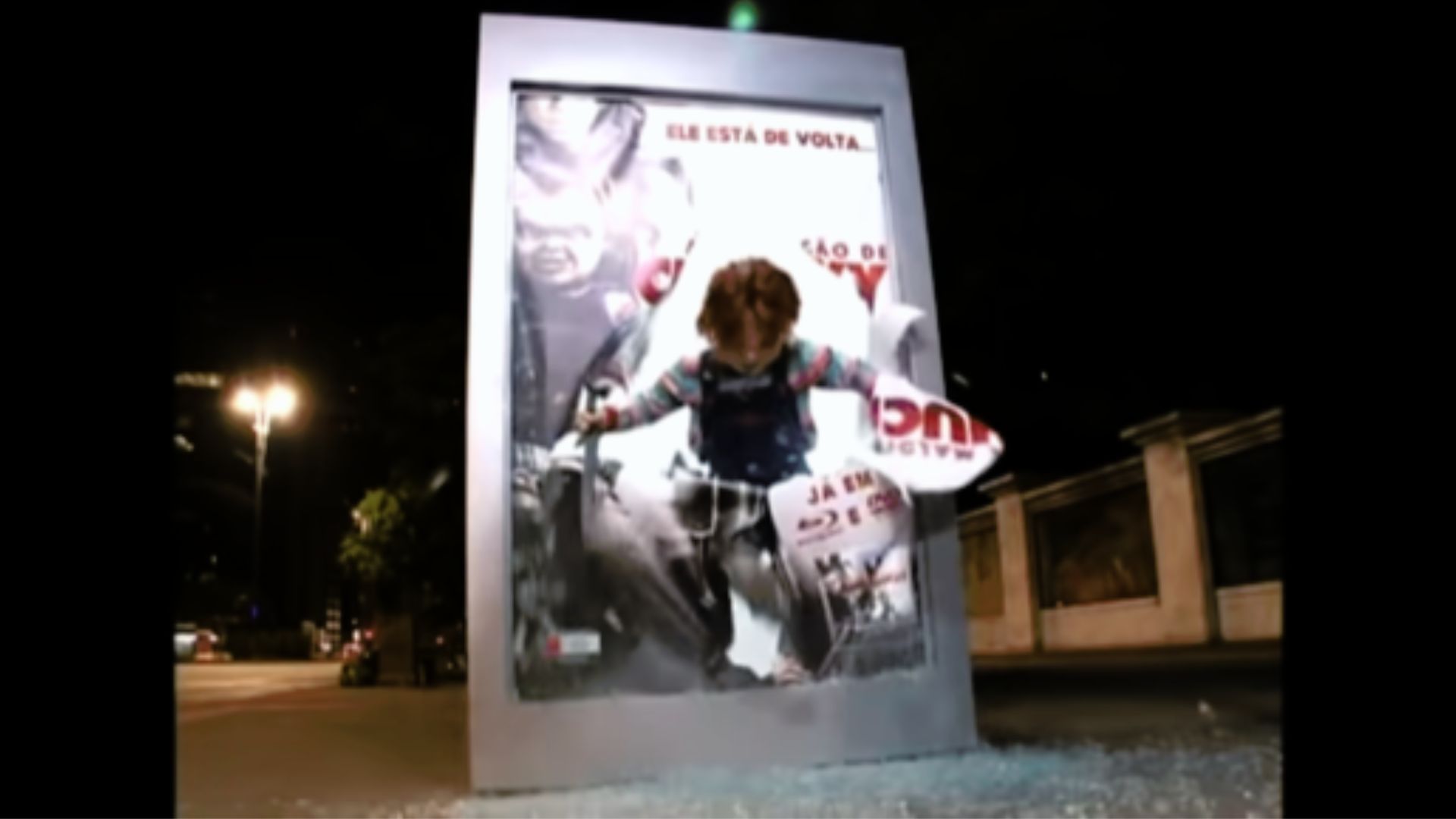
In 2013, harnessing both the fear and thrill from the slasher cult movie Child’s Play, Brazilian TV designed a prank promotion to promote the DVD release of The Curse of Chucky. It had a real-life Chucky doll smash through a bus stop advertisement, chasing terrified locals down the street.
Such “prankvertising” has proven to be a powerful marketing tool, but the question is whether the videos had gone too, such as having pushed boundaries for scaring the public.
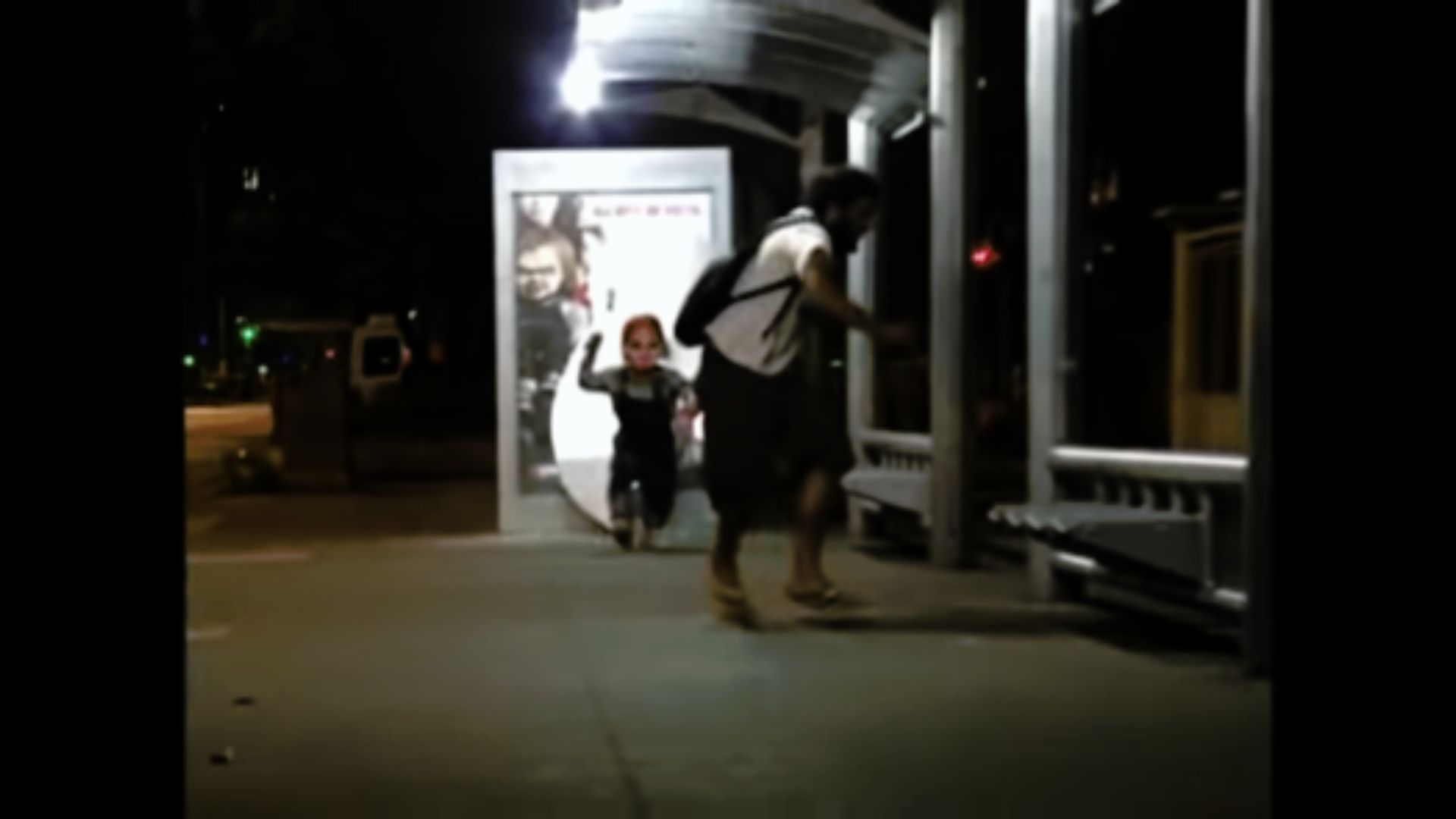
“Inciting fear in others can make us feel more powerful. For example, a morbidly jealous husband may make his wife scared. That then allays his jealous concerns (temporarily) as he may think that the fear will make her comply. Some couples may also find fear sexually arousing and engage in roleplay, such as BDSM. This is fine as long as it’s respectful and consensual,” Mr Low says.
“However, if it’s a thrill we’re talking about, we like to get thrilled together because we feed off each others’ emotions. Imagine walking into the cinema to watch a horror show. You and your friends have read good reviews, are talking about it, and feel jittery as you anticipate what the movie will be like. It becomes a social bonding exercise,” he adds.
RELATED: Netflix adaptation of horror fiction series Mr Midnight to premiere on 24 October
Join the conversations on TheHomeGround Asia’s Facebook and Instagram, and get the latest updates via Telegram.



